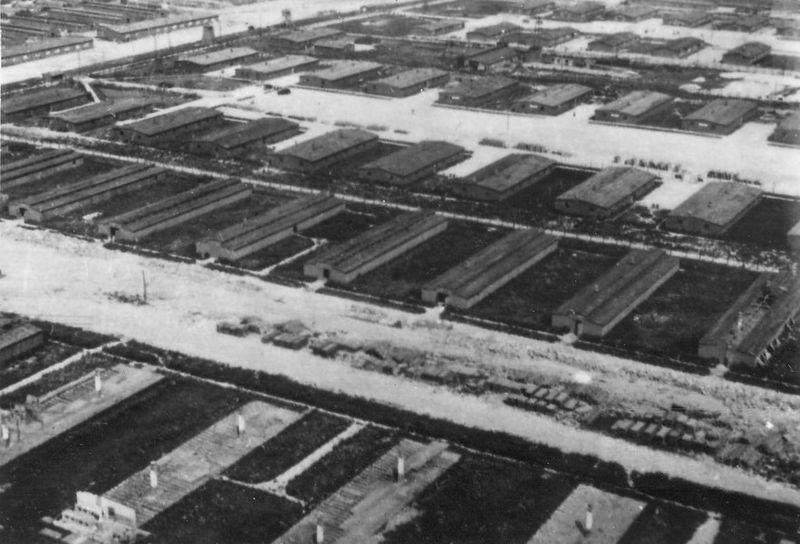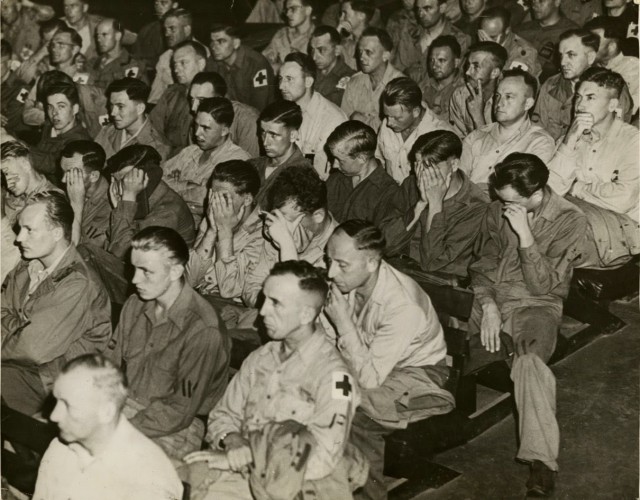
In 1933, the first Nazi concentration camp was built in Dachau, Germany to imprison dissidents. Heinrich Himmler took over in 1934 and start arresting “racially undesirable elements” – Jews, Gypsies, Jehovah’s Witnesses, homosexuals, and the (mentally) disabled.
Germany invaded Poland in 1939, and since Poland had a vast Jewish population, more camps were built. The killings began in 1941, and the following year, Germany started to exterminate the undesirables in staggering numbers.
As WWII progressed, more camps were built for different purposes. There were those for POWs, those for slave labor, and those designed for extermination. The following were the worst in terms of casualty rates.
1. Auschwitz-Birkenau
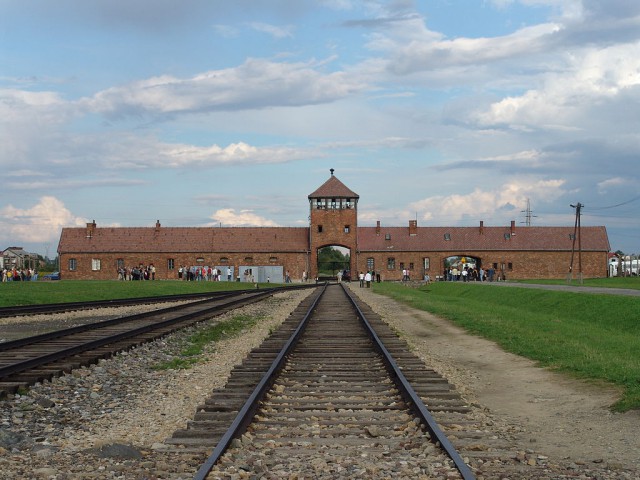
Built in Poland it was actually a vast network of 48 sites. Also called Auschwitz I, II, and III for the main facilities, they had 45 other satellite camps. Auschwitz I originally held Polish political prisoners who were first sent there in May 1940. It was at Auschwitz II (Birkenau), where the exterminations began in 1942.
Of those killed some 90% were Jewish, the rest were Poles, Soviets, Romani, Sinti, Jehovah’s Witnesses, gays, and those of mixed German blood. Though gassing was a major cause of death, so was overwork, malnutrition, poor conditions, inhumane treatment, and infectious diseases.
More than 1.1 million died here.
2. Treblinka
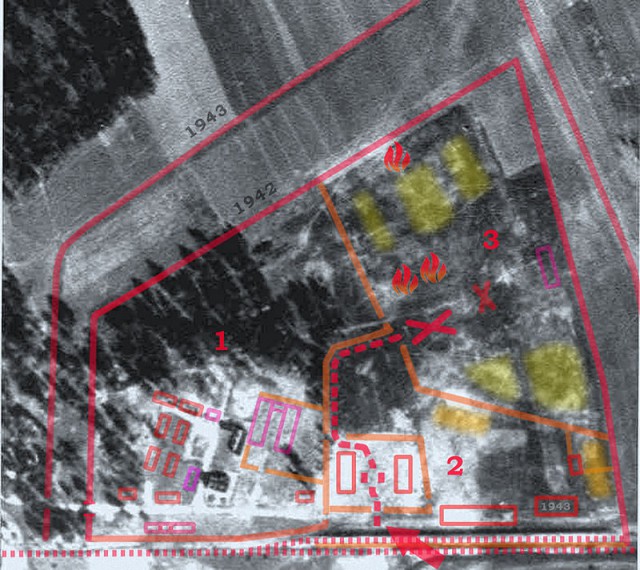
Treblinka was built to the northeast of Warsaw, and was set up on 23 July 1942. Although the first concentration camps were not meant to kill anyone, Treblinka was specifically designed for death.
By August 1941, over 70,000 handicapped German men, women, and children had been exterminated through Aktion T4, an operation to eliminate the weak. And the knowledge gained from that was used at Treblinka. Jews and Gypsies were worked at Treblinka I. When they died, they were disposed of at Treblinka II.
Some 700,000 to 900,000 Jews and about 2,000 Gypsies were killed here, the second highest casualty rate after Auschwitz-Birkenau.
3. Bełżec
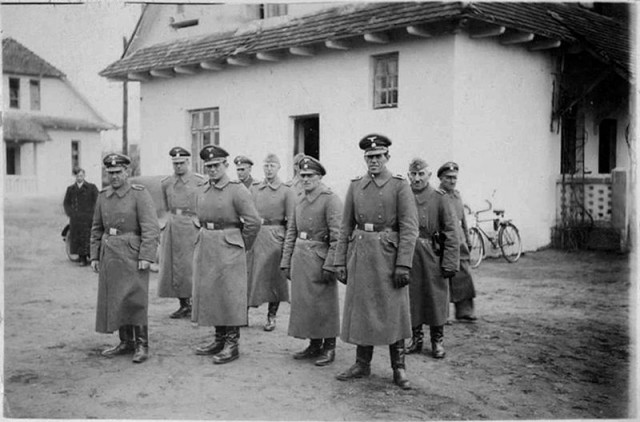
Bełżec was opened on 17 March 1942 specifically to exterminate the Jews and to “Germanize” the area as part of Nazi colonial expansion into Poland. As such, many non-Jewish Poles and Gypsies in the region were also sent here to die.
As early as April 1940, German Jews were in Bełżec as slave labor to prepare for the German invasion of Russia. In October 1941, however, Himmler gave the order to exterminate the Jews and Poles in order to make room for German Christian immigrants.
It’s estimated that some 500,000 to 600,000 Jews, Poles, Russians, and Gypsies died here.
4. Majdanek
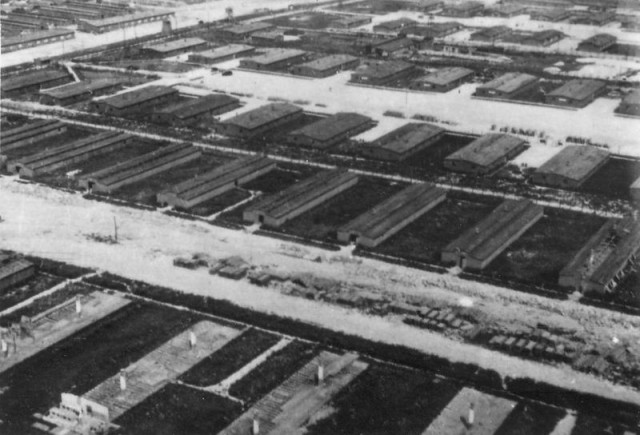
Majdanek was built to house 25,000 POWs in anticipation of Germany’s invasion of Russia. But after the First Battle of Kiev in September 1941, there were over 50,000 Soviet POWs, so the camp was redesigned in October.
By December, there were 150,000 inmates and in March the following year, there were over 250,000. Originally meant to be a working camp, the authorities couldn’t cope with the numbers, so it was turned into a labor and extermination facility. “Unhealthy” Germans were also sent here to die.
By 1945, 360,000 people were killed, including thousands of Germans unwanted by their own government.
5. Chełmno
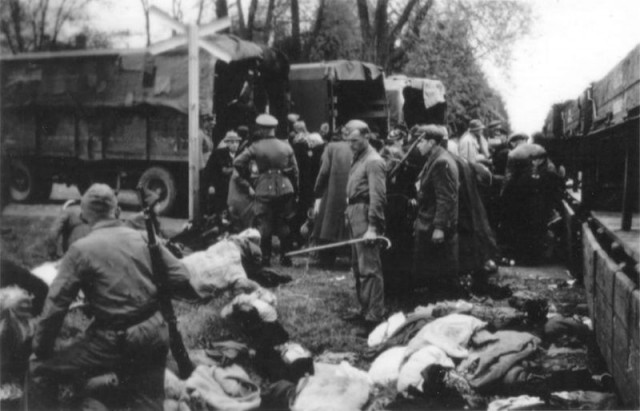
Chelmno opened in December 1941 as part of Operation Reinhard to purge the Polish Jews from the Łódź Ghetto. To “Germanize” the area, the local, non-Jewish Poles were also sent here to die. As Germany expanded, other Jews and Gypsies from Austria, Bohemia, Germany, Hungary, Luxemburg, and Moravia were also put here.
Though primarily a death camp, it was also used for medical experimentation. It was here that doctors developed the mobile gas vans used in Operation Barbarossa against Russia to kill large numbers in open air.
The Polish government claims that about 340,000 people died in this camp, alone.
6. Sobibór
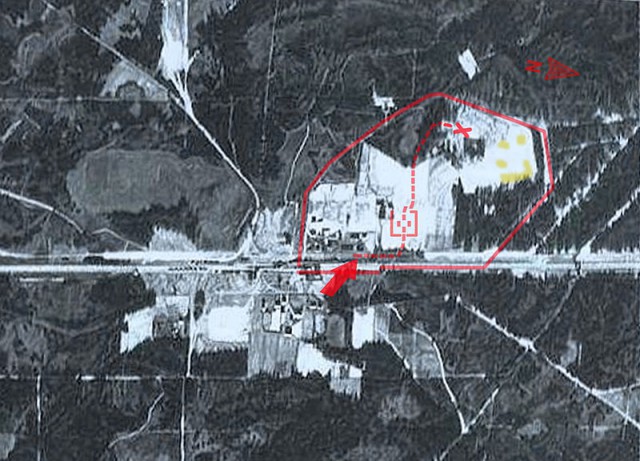
Sobibor was built near the Polish town of Wlodawa in March 1942 to supplement the Bełżec camp which housed Jews deported from the Lublin Ghetto. It was at Sobibór that early experiments on gassing were carried out on several Jewish prisoners.
The fit and the unfit were first separated of those brought in. The latter were gassed immediately upon arrival, while the former were first worked to exhaustion. On 14 October 1943, the prisoners rose up in revolt and about 50 escaped, after which the authorities obliterated the camp.
Some 250,000 people died at the site, which is now gone, but a memorial center has been built there.
7. Dachau
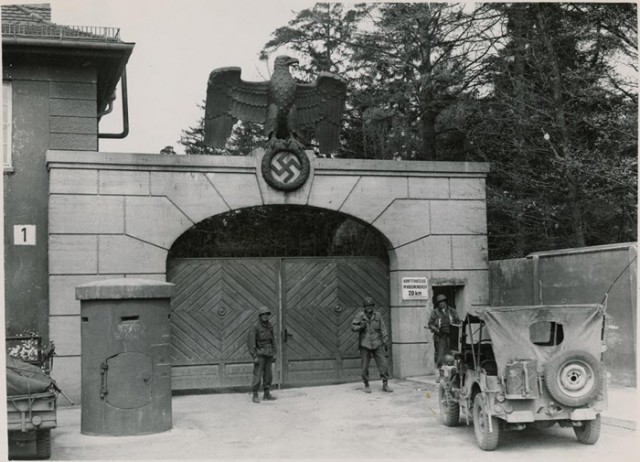
Dachau was built near Munich in 1933. Its first prisoners were Germans who opposed the Nazi regime, while its last inmates were SS officers awaiting trial in 1945. In 1935, its first minorities were Jehovah’s Witnesses, followed by Germans of mixed descent, and immigrants.
Jews were sent here in August 1940. To accommodate more people, almost 100 other sub-camps were created throughout southern Germany and Austria, which were administered from Dachau. After the war, Germans expelled from Eastern Europe were kept here as they awaited resettlement.
It’s believed that more than 243,000 died here by the time it was liberated in 1945.
8. Mauthausen-Gusen
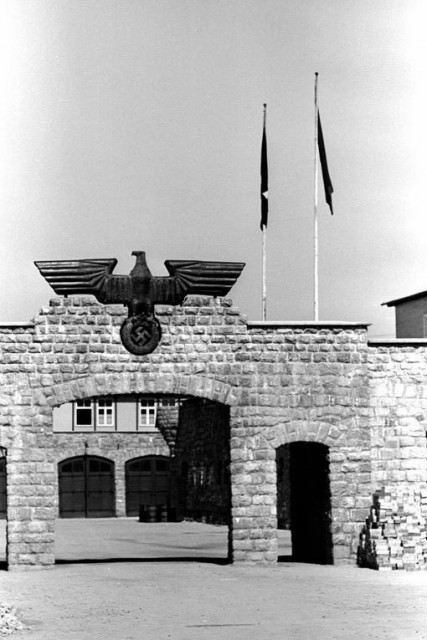
Mauthausen was built in upper Austria in August 1938, and was one of the first massive concentration camp complexes in Nazi Germany, and the last to be liberated by the Allies. The two main camps, Mauthausen and Gusen I, were labelled as “Grade III” camps, which meant that they were intended to be the toughest camps for the “Incorrigible political enemies of the Reich”. Unlike many other concentration camps, which were intended for all categories of prisoners, Mauthausen was mostly used for extermination through labour of the intelligentsia – educated people and members of the higher social classes in occupied countries.
It is estimated that between 122.766 and 320.000 people were murdered in Mauthausen.
9. Bergen-Belsen
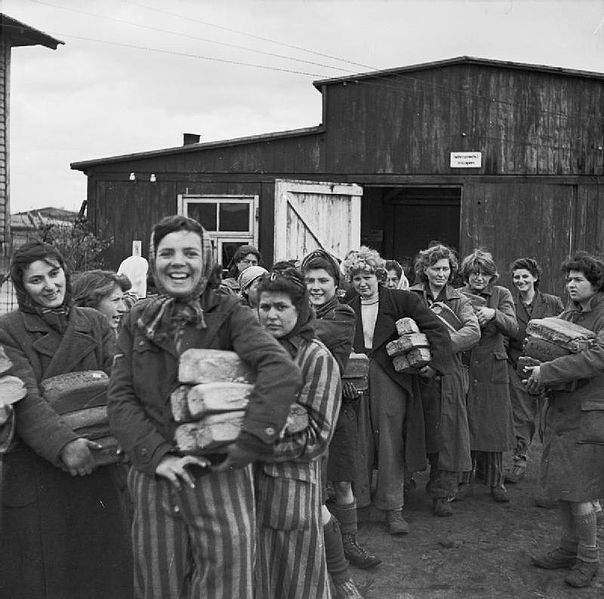
Bergen-Belsen in Germany’s Lower-Saxony, was built in 1943 to be a POW camp. At its height, 95,000 international prisoners were kept here, requiring constant expansion throughout the war. Prominent Jewish hostages were also sent to this camp to exchange them for German POWs, so it was never meant to become an extermination facility.
Due to food and medical shortages, however, as well as unsanitary conditions and inadequate facilities, many died from starvation, disease, and lack of adequate care. When the Allies liberated it in 1945, they found some 13,000 corpses lying about.
It’s estimated that at least 50,000 people died here.
10. Buchenwald
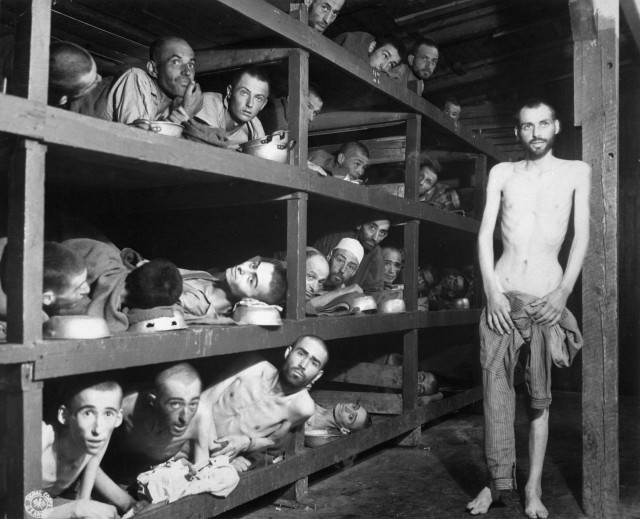
Buchenwald means beech forest, belying its horror, and was the first camp to be liberated by the western allies in WWII. Set up in July 1937, it was the also first camp built in Weimar, Germany, as well as the largest after Dachau.
Created for Communists, Freemasons, Gypsies, Jehovah’s Witnesses, Jews, Poles, Soviets, Slavs, homosexuals, and common criminals, it began life as a working prison for arms production. But in 1942, they began medical experimentation on the inmates. In August 1944, an Allied bombing raid hit the facility, killing 388 and wounding some 2,000.
By 1945, 33,462 had died from executions, malnutrition, and experimentation.
